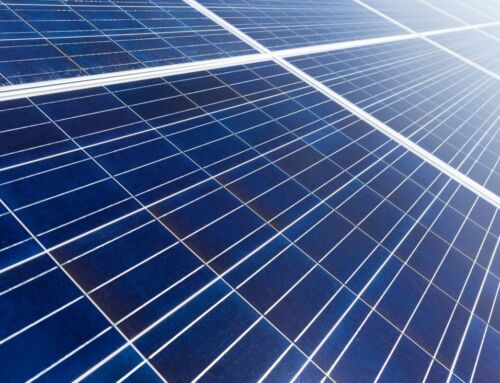Everywhere you look, you see more and more solar panels. Most people already know that solar panels produce electricity and can be installed in households and businesses to save money on electricity bills.
But if you’re the curious guy and you’re wondering, “How do solar panels work?
Here’s how solar panels work
Let’s look at the sun first. It is a huge nuclear reactor 150 million kilometers apart and spitting energy in all directions in the form of small packets called photons. Sufficient numbers of these photons reach the Earth’s surface every hour to provide more electricity than we consume in the world in an entire year. The trick is to use this energy in a useful way, which is exactly what solar panels do.
How do solar panels convert sunlight into electricity?
A solar panel is a collection of numerous photovoltaic cells covered with protective glass and fixed by a metal frame. For this reason, the official name of a solar module is “photovoltaic module”. These photovoltaic solar cells are made of semiconductor material, usually silicon, which is cut into ultra-thin slices.
Each PV cell has a negative layer and a positive layer. The negative shell has additional electrons and the positive shell has space for these electrons. Electricity moves electrons. For a solar panel to generate electricity, we only need a little energy to release these electrons and go from the negative layer to the positive layer.
Cue the sun. Photons from the sun, which touch the surface of our planet all day, are the key to answering the question of how solar panels work.
The energy of these photons releases and displaces the electrons on the negative side of the photovoltaic cell, which means that the current is now flowing. This is called the photovoltaic effect.
However, this is only the beginning of the story of understanding how solar panels work because these electrons need a long way to go and electricity must be in a useful form. How does it happen?
The path we create for the electrons is called switching. When they emerge from the negative layer of the photovoltaic cell, they must pass through our charges (such as our lamps and devices) so that electrons can supply these charges with electricity when they reach the positive layer of the photovoltaic cell.
The current flow is important.
Solar panels generate direct current, but the electricity we use in our homes is alternating current. To solve this problem, we add an inverter to our circuit. The inverter then converts direct current to alternating current.
The inverter is a key factor for the operation of the solar modules because, without an inverter in our photovoltaic system, there is little we can do with the energy generated by the solar modules.
Inverters come in many shapes and sizes. Which to use depends on several factors, including:
Cost: Micro-inverters produce more energy, but are generally more expensive. Whether a part of the solar generator is shaded or not: if a string inverter is used, each shading results in a sharp drop in performance
The two main types of investors are microinverters and chain investors.
1) Microinverter
Microinverters are small devices that can be mounted directly under a solar panel. Microinverters are designed to process the electrical energy from one (or sometimes two) solar modules and convert direct current to alternating current on-site. Some manufacturers even manufacture solar modules with integrated microinverters and call them “AC modules”.
2) Chain reverser
Larger string inverters, also known as central inverters, are designed to convert power into the direct current from many photovoltaic modules. These are available in sizes of only 3 kilowatts, which are suitable for 10 to 12 solar modules, or up to 5 megawatts, which can convert the output of up to 20,000 solar modules.
With these types of string solar inverters, you would connect the solar modules in a series of “strings” and supply DC voltage to the inverter. If this makes you interested in solar system, now is the right time to get a solar power quote for your home.





